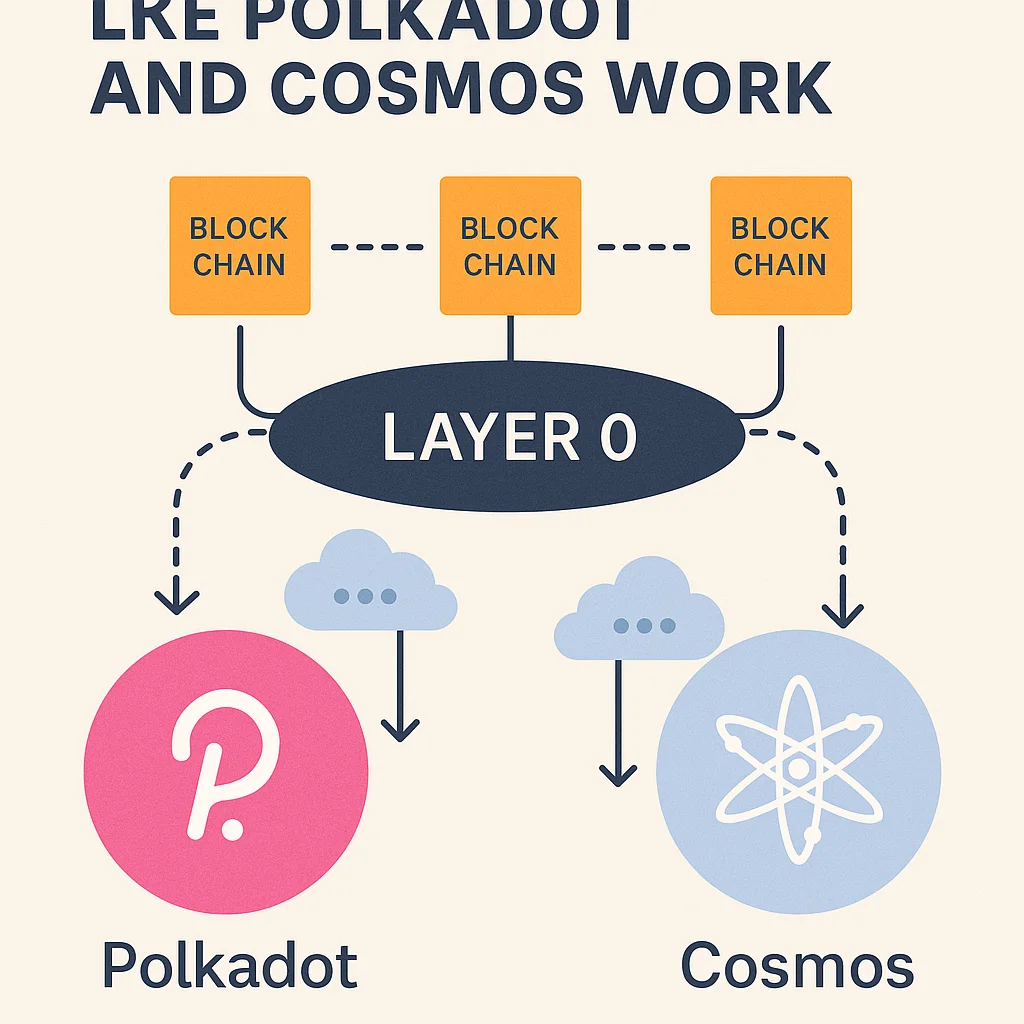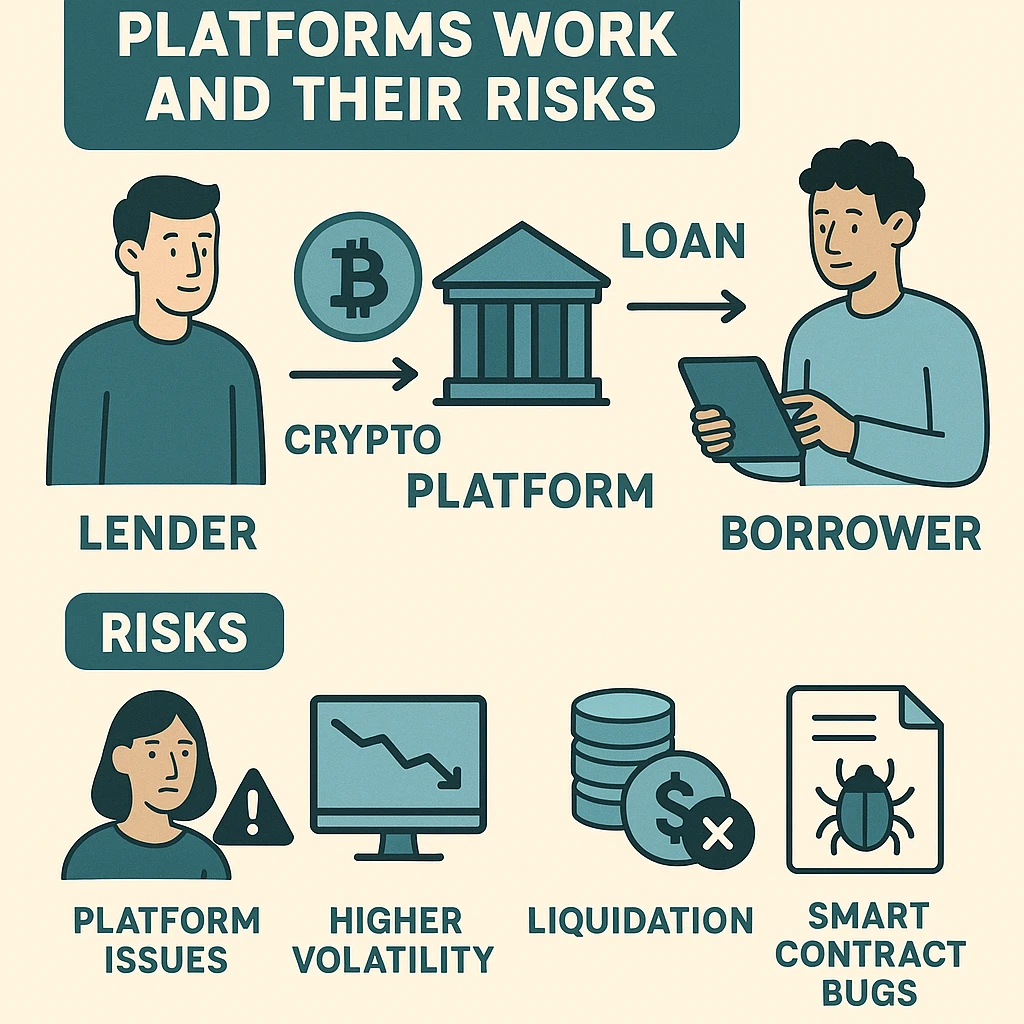In the realm of cryptocurrency, the phrase "quantum-resistant" is becoming more and more well-known. The landscape of digital security, particularly with regard to cryptocurrencies, is about to undergo a radical change as the emergence of quantum computing approaches. Digital assets and blockchain systems that are protected from the dangers posed by quantum computers are referred to as quantum-resistant crypto.
But why is this important? We must first look at the basics of quantum computing, its possible threat to existing cryptographic systems, and how quantum-resistant cryptography seeks to mitigate these risks in order to appreciate the significance.
Table of Contents
-
What Is Quantum Computing?
-
Why Quantum Computers Are a Threat to Crypto
-
The Cryptography Behind Cryptocurrency
-
What Is Quantum-Resistant Cryptography?
-
How Quantum-Resistant Crypto Works
-
Current Projects Working on Quantum-Resistance
-
Challenges and Limitations
-
The Role of Temporary Email Services in Crypto Security
-
Quantum-Resistant Crypto vs Traditional Crypto
-
Why Quantum Resistance Matters Now
-
Final Thoughts
1. What Is Quantum Computing?
Using the ideas of quantum mechanics, quantum computing is a cutting-edge paradigm for computing. Quantum computers use qubits, which have the ability to be both 0 and 1 at the same time—a property known as superposition—in contrast to classical computers, which process data as bits (0 or 1). This makes it possible for quantum computers to process enormous volumes of data and carry out intricate computations at speeds that are significantly faster than those of traditional computers.
Another core concept is entanglement, where qubits are interconnected in such a way that the state of one can instantly affect another, no matter the distance. These two principles enable quantum computers to solve certain problems, like integer factorization, exponentially faster than traditional systems.
2. Why Quantum Computers Are a Threat to Crypto
The cryptographic algorithms used by today's cryptocurrencies, like RSA, Elliptic Curve Cryptography (ECC), and SHA-256, are thought to be secure against classical computers, but a sufficiently powerful quantum computer could easily crack them.
For example:
-
Shor’s Algorithm allows quantum computers to factor large integers exponentially faster than classical methods, potentially breaking RSA and ECC.
-
Grover’s Algorithm speeds up the brute-force search of hash functions, weakening the protection offered by SHA-256.
This means that once quantum computing becomes practical and accessible, it could:
-
Break wallet private keys
-
Forge digital signatures
-
Compromise blockchain consensus mechanisms
3. The Cryptography Behind Cryptocurrency
Ethereum and Bitcoin are examples of cryptocurrencies that use public-key cryptography. A pair of public and private keys is created when you create a wallet:
-
The public key is used to receive funds.
-
The private key is used to sign transactions and prove ownership.
In Bitcoin, for instance, addresses are derived from hashed public keys. While this adds a layer of security, if a quantum computer can reverse-engineer a hashed public key or derive a private key from a public one, your funds could be at risk.
4. What Is Quantum-Resistant Cryptography?
Cryptographic algorithms that are safe from both classical and quantum attacks are referred to as post-quantum or quantum-resistant cryptography. These are not merely modifications to existing algorithms, but frequently completely novel strategies that rely on mathematical issues that are difficult for quantum computers to resolve, like:
-
Lattice-based cryptography
-
Multivariate polynomial cryptography
-
Hash-based cryptography
-
Code-based cryptography
-
Supersingular elliptic curve isogeny cryptography
These methods aim to ensure long-term security—even in a post-quantum world.
5. How Quantum-Resistant Crypto Works
Quantum-resistant cryptocurrencies integrate post-quantum cryptographic algorithms at the protocol level. This may involve:
-
Replacing current signature schemes with quantum-safe ones
-
Adopting hybrid models (quantum-safe + traditional methods)
-
Creating entirely new blockchains using post-quantum cryptography
A few examples include:
-
QRL (Quantum Resistant Ledger): For post-quantum security, XMSS (eXtended Merkle Signature Scheme) was used in its construction.
-
Mina Protocol: may provide quantum resistance through the use of recursive zk-SNARKs.
-
Ethereum 2.0 and Bitcoin: Both are exploring options to upgrade their cryptography in the long-term.
6. Current Projects Working on Quantum-Resistance
Several blockchain and academic institutions are leading the way in developing quantum-safe crypto:
-
The Quantum Resistant Ledger (QRL)
-
NIST Post-Quantum Cryptography Standardization: project by the US government to develop standardized post-quantum algorithms.
-
IBM, Google, and Microsoft: Researching quantum computing and mitigation strategies.
-
Blockchain platforms like Cardano, Ethereum, and IOTA are exploring quantum-resistant upgrades.
7. Challenges and Limitations
While promising, quantum-resistant crypto is not without challenges:
-
Performance: Compared to current techniques, post-quantum algorithms may require more resources and operate more slowly.
-
Adoption: It is logistically challenging to update wallets, nodes, and smart contracts worldwide.
-
Uncertainty: When quantum computers will be strong enough to be a serious threat is unknown.
Nevertheless, early adoption and preparedness are essential for mitigating future risks.
8. The Role of Temporary Email Services in Crypto Security
Temporary email services like mytemp-mail and 10minutesmails play a supporting role in protecting crypto users.
Why they're useful:
-
Avoid Phishing: You can lessen your vulnerability to phishing attacks by using a temporary email address in place of your primary one.
-
Stay Anonymous: protects privacy when registering for airdrops or cryptocurrency exchanges.
-
Spam Protection: Keeps your real inbox clean from promotional or malicious content.
These tools are essential when dealing with new blockchain platforms—especially experimental quantum-resistant ones still under development.
9. Why Quantum Resistance Matters Now
Although practical quantum computers might still be a decade away, experts warn of the "Harvest Now, Decrypt Later" attack model. Malicious actors can:
-
Capture encrypted data today
-
Decrypt it in the future using quantum computers
This is especially dangerous for sensitive information like crypto wallets, medical data, and classified communications. So, planning for post-quantum security is not just futuristic—it’s urgent.
10. Final Thoughts
There are significant risks to digital security as well as exciting opportunities associated with quantum computing. The stakes are particularly high in the cryptocurrency space. Financial assets could be lost or stolen if private keys or blockchain protocols are compromised.
Future-proof methods of preserving security and trust in decentralized systems are provided by quantum-resistant cryptocurrencies. Even though the post-quantum world is not yet upon us, the actions we take now, like incorporating post-quantum cryptography and utilizing privacy tools like mytemp-mail and 10minutesmails, can safeguard us in the future.
Quantum resistance should be a top priority on the roadmaps of both new and existing blockchain platforms. The future of cryptocurrency will be safer the earlier we start preparing.





Leave a Reply